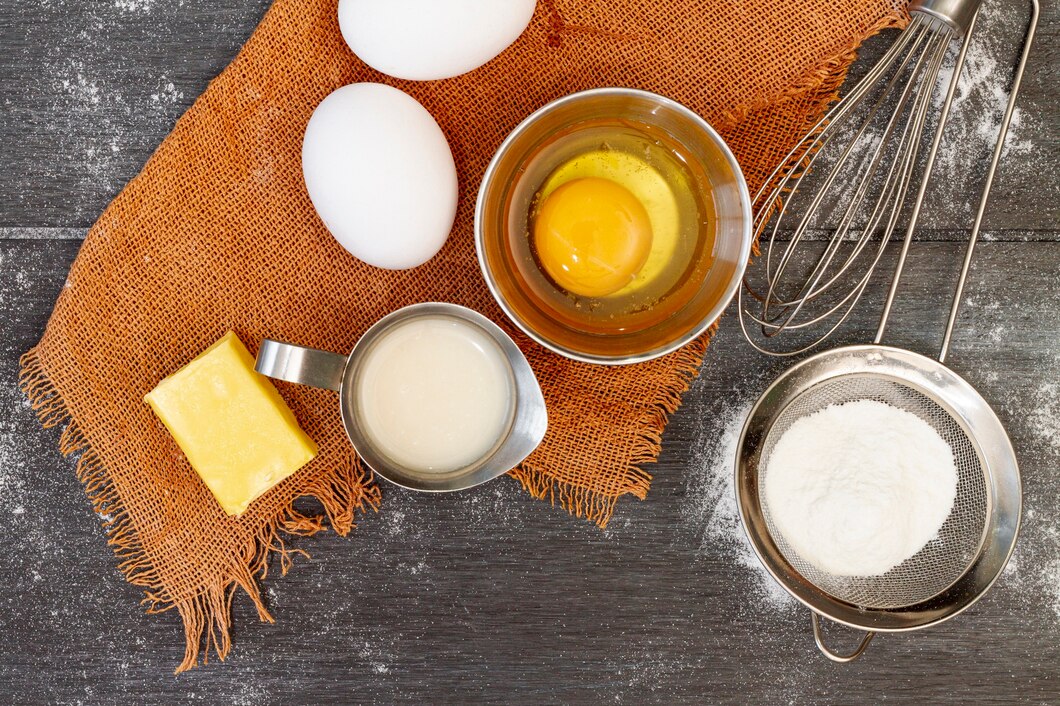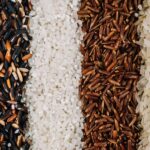In the realm of baking, the choice between oil and butter plays a pivotal role in determining the outcome of your culinary creations. Each ingredient brings its unique characteristics to the mixing bowl, influencing the texture, flavor, and overall decadence of your baked goods. Let’s unravel the secrets behind this baking battle and understand when to reach for the oil and when to embrace the butter.
Texture and Moisture:
- Butter:
- Pros: Butter is celebrated for imparting a rich, moist texture to baked goods. Its water content contributes to flakiness in pastries and tenderness in cakes.
- Cons: Overmixing or overheating butter can lead to a denser texture. It solidifies upon cooling, creating a chewier consistency.
- Oil:
- Pros: Oil excels in producing exceptionally moist and tender results. Its liquid state ensures a consistent texture throughout the baked item, even after cooling.
- Cons: Oil lacks the solid structure that butter provides, potentially resulting in slightly more delicate baked goods.
Flavor Profile:
- Butter:
- Pros: Butter brings a distinct, rich flavor to baked goods. Its creamy and savory notes complement various recipes, especially in classic desserts and pastries.
- Cons: The strong flavor of butter can overshadow more delicate ingredients, impacting the overall taste balance.
- Oil:
- Pros: Oil is a neutral carrier, allowing the flavors of other ingredients to shine. It’s an excellent choice when you want the primary tastes to come from elements like chocolate or spices.
- Cons: The lack of a pronounced flavor can be a drawback in recipes where the taste of butter is essential.
Ease of Incorporation:
- Butter:
- Pros: Creaming butter with sugar is a common technique in baking, providing structure and aeration to various recipes. Softened butter is easy to blend with other ingredients.
- Cons: Achieving the perfect softness without melting can be a delicate balance, and creaming can be time-consuming.
- Oil:
- Pros: Oil is effortlessly incorporated into batters, requiring minimal effort. It doesn’t need to be softened, simplifying the mixing process.
- Cons: The lack of aeration in oil can lead to denser textures in certain recipes.
Health Considerations:
- Butter:
- Pros: Butter contains saturated fats but also provides essential fat-soluble vitamins. Moderation is key for those mindful of saturated fat intake.
- Cons: Excessive consumption of saturated fats is linked to health concerns like high cholesterol levels.
- Oil:
- Pros: Certain oils, like olive or avocado oil, offer heart-healthy monounsaturated fats. They can be a favorable choice for those conscious of their dietary fats.
- Cons: Some oils, when used in excess, contribute to a high calorie content without delivering additional nutrients.
Temperature Stability:
- Butter:
- Pros: Butter’s solid form at room temperature provides structure to baked goods. In recipes like pie crusts, the cold butter creates flakiness.
- Cons: Its tendency to melt can be a challenge in warmer climates or during hot kitchen conditions.
- Oil:
- Pros: Oil remains in a liquid state at various temperatures, ensuring a consistent texture. This is advantageous in recipes where a more stable structure is needed.
- Cons: The lack of solid form can be a drawback in recipes where the cold fat is essential for achieving specific textures.
Versatility:
- Butter:
- Pros: Butter’s versatility shines in both sweet and savory dishes. It can enhance the flavor profile of baked goods, pastries, and even some types of bread.
- Cons: In recipes that call for a neutral taste or a lighter texture, butter might not be the ideal choice.
- Oil:
- Pros: Oil’s neutral flavor makes it adaptable to a wide range of recipes. It’s particularly well-suited for recipes where the primary focus is on other flavors.
- Cons: The lack of a distinct taste can be a drawback when a buttery flavor is desired.
The choice between oil and butter in baking ultimately depends on the specific qualities you’re seeking in your final creation. For flaky pie crusts, delicate pastries, and rich desserts, butter may be your go-to. On the other hand, when moisture, simplicity, and a neutral taste are desired, oil steps into the spotlight. Skilled bakers often experiment with both to discover the perfect balance for each unique recipe, embracing the nuanced dance between these kitchen stalwarts. Whether you’re reaching for a stick of butter or a bottle of oil, each brings its magic to the mixing bowl, ensuring that your baked creations emerge from the oven as delightful masterpieces.








